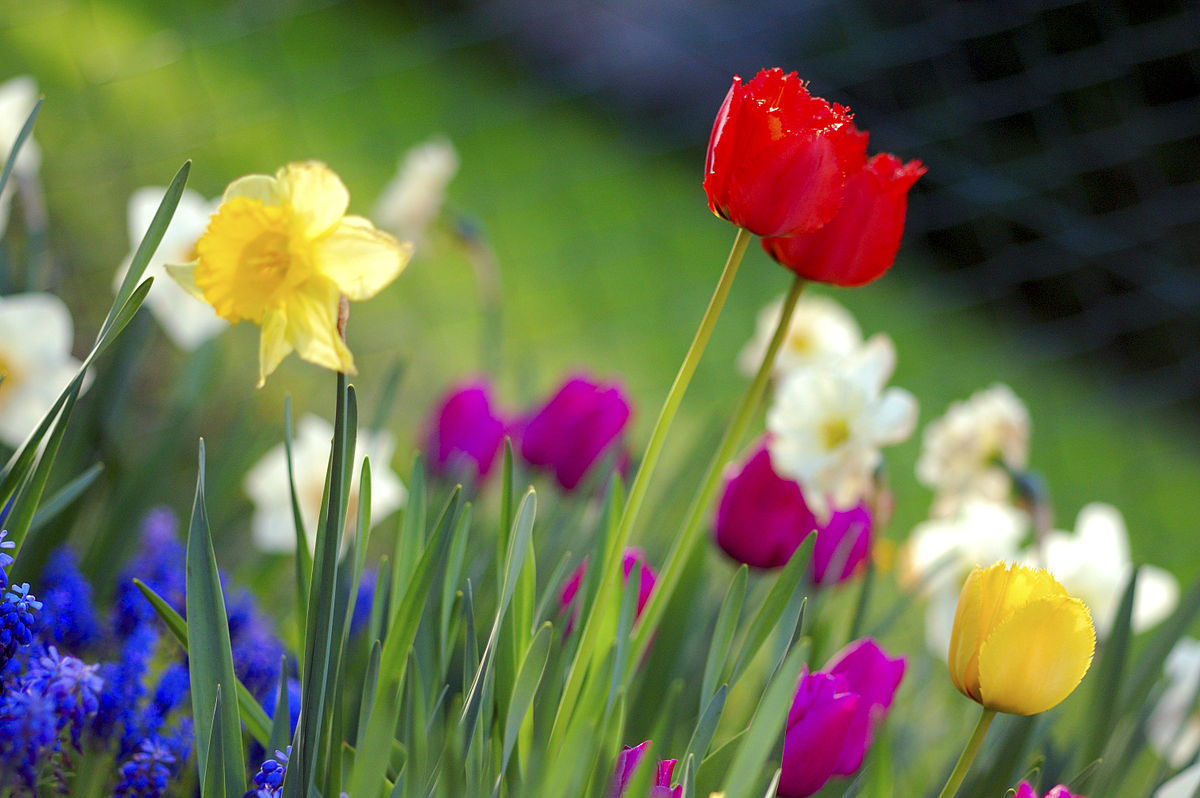By Suzanne
Montgomery
For the Opelika
Observer
With temperatures still dropping below freezing it’s hard to think that spring in this part of the south is just around the corner. Seems like we just finished with the Christmas holidays and now it’s time to unwrap our early spring planting guides and garden catalogs.
So, for those of us die hard gardeners itching to get ahead of the hard spring curve, there are a number of tasks that need to take place this month to ensure you don’t find your garden to- do list overwhelming in the months of April and May.
In February I like to rake out my beds and get rid of the leaves on my grass which I have had naturally composting with the winter rains (and snow this year too!) and move them to the back compost pile to finish decomposing. Cleaning all beds harboring winter weeds is easy since the ground is supple from frequent rains and the leafy mulch. On sunny days, cleaning beds is a joy with the aroma of warming soil wafting up to my nostrils and bringing with it the promise of beautiful blooms to come.
Rose care is high on my list of plants to address. February any is time for trimming back your roses , especially the knock-out roses, to about eighteen inches off the ground and then giving them their first application of fertilizer. My choice for fertilization and protection against Japanese beetles and fungus is a rose and flower food by Bayer. You can find it in any box store and I prefer the granular rather than the liquid for ease of application….no mixing required and I just let the next rain water it into the ground. I apply the product between three and four times each year and then enjoy the blooms well into the fall before frost takes them.
Cleaning up perennial bed from the last of the seed pods and last years’ dead foliage prepares the beds for spring mulch whether pine straw, rocks or wood chips.
It is easier to apply the mulch now before the spring and summer bulbs and perennials begin to show and could be damaged with the mulch application.
Since I compost almost everything possible from leaves, grass clippings and kitchen waste in the rear of my yard, I have a very nice pile of rotted and very rich compost to work into my beds and add to any new shrub or tree planting. A plant is only as good as the soil in which it is planted!
If you are planning on new trees and shrubs, whether it is one or an entire landscape re-do, late winter and into early spring is the best time for those projects while trees and shrubs are still dormant.
Any potted or balled and burlap shrub can be planted in this part of the country at any time since we don’t need to worry about the ground freezing. Plants installed in late fall through early spring have a much better survival rate thanks to plenty of rain and cooler temperatures which encourages strong root development.
Finally, I like to inventory my garden tools and clean up hand tools with a mixture of bleach and water to kill pathogens lurking around from last years’ pruning.
Placing shovels in a five gallon bucket with some coarse sand and old motor oil will help remove dirt and keep them functioning and looking better for years.
Just dip and remove shovel several times after use and before putting tools away.
It’s also a great time to check for broken handles, bent tines and tools just worn out and no longer ergonomically functional.
Many new tools on the market today are designed with the more vintage gardener in mind and keep strain off older hands, wrists and backs. Check them out!
This year’s garden catalogs are showing some great new hybrids in the horticulture world with bigger blooms, thicker stems and more resistance to disease.
Next column will feature Hellebores, the early beauties of spring.


